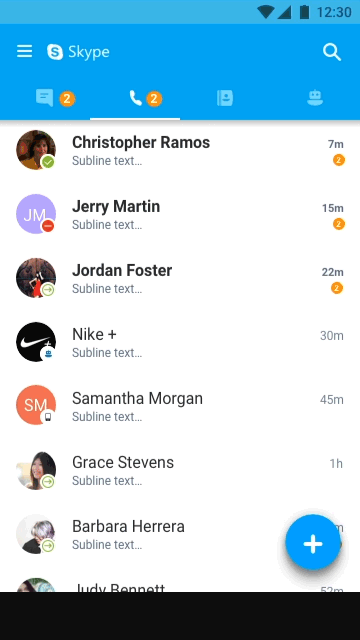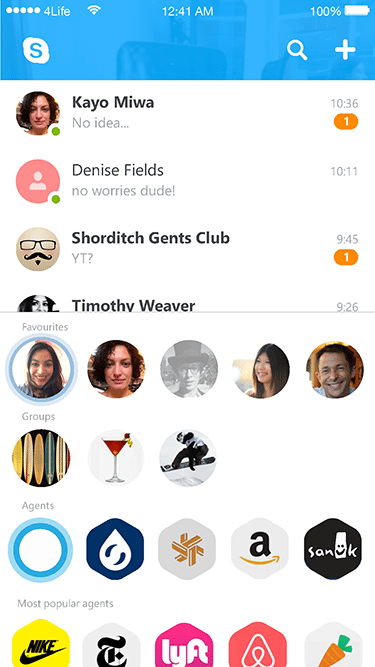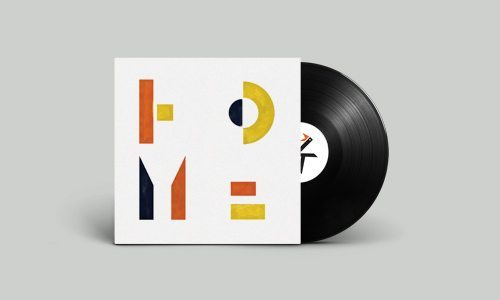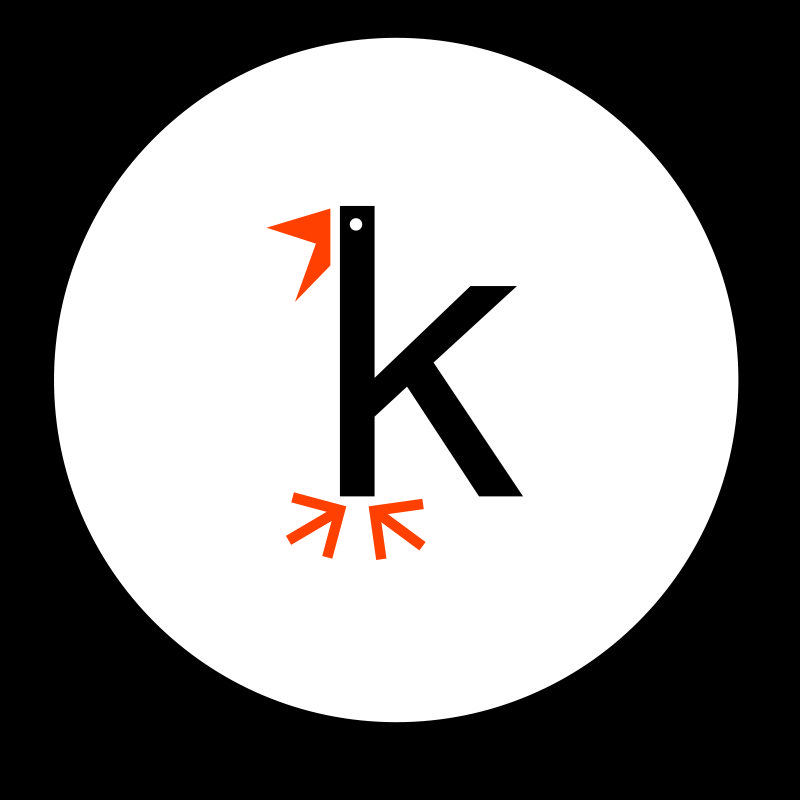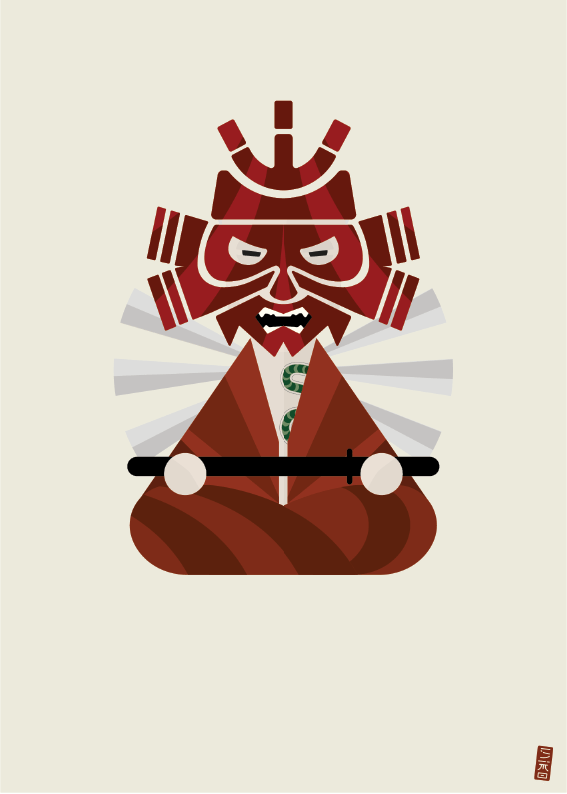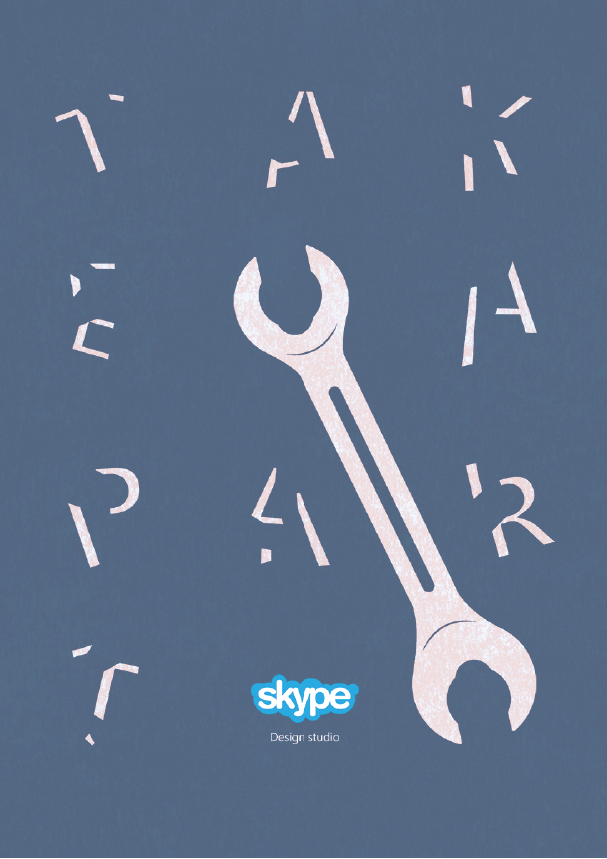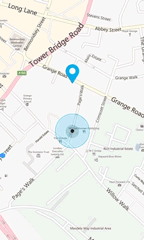Brand and mobile app
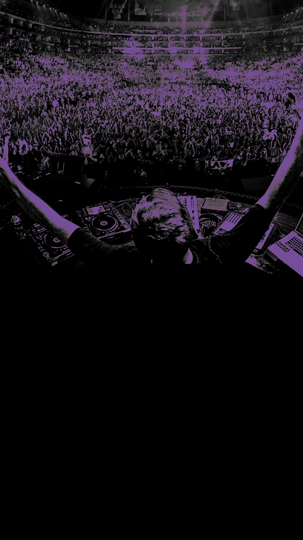

In September 2015 I started collaborating with Joynr, an event planning and ticket marketplace platform. The product main customers are event goers, for which a mobile app was developed, and event organizers, that manage everything related to their events through a web backend.
I spent some time with the founder trying to get an understanding of how he was looking at the product positioning in a very competeitive industry. I aksed him to come up with some personality traits that would describe the product and the brand alongsise a collectuion of images that where evocative of the same values.
I then started to look at the brand touchpoints in order to create a branding that could work on both ends and that could appeal to the type of young, edgy, party goers users.
I wanted to create a module as a base for the display font and the icons, creating the starting point for a brand easy to manage, scale and eventually handed over to an in house designer.
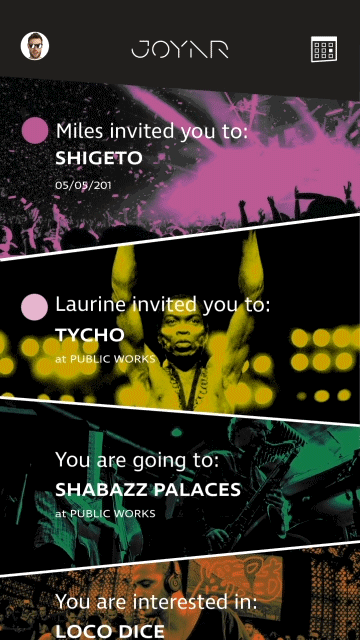

The oblique line that I used for the splash screen started to make me think: what if the event feed followed suit? How does a non-orthogonal grid work? Would it fit the brand personality while still maintain a certain level of usability and esthetic value? This is one of those choices that have an impact on pretty much the entire visual design and brand identity so I had to make sure the founder was onboard with this idea. Luckily, he was, so I moved forward and started producing visual mockups. The colors indicate whet
I designed the event screen expanding the visual identity and UI toolkit to accomodate for content and crucial interactions. The user here are offered with a number of events based on their location, the date and music prefrences (set in the profile), they can mark themselves as interested or not, if they are interested they are prompted to invite their friends to join, or they can go ahead and purchase the tickets.


The app has been released on both iTunes and Play store, we are now at the stage in which we are gradually implementing the motion language alongside refing the UX following user feedback.


